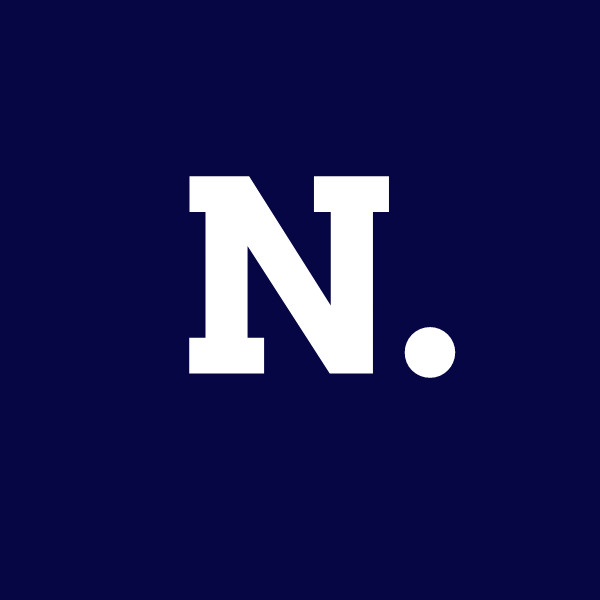Solar System: From Donut to Disk
Scientists have discovered that the Solar System did not always have the flat, disk-like shape we see today. The form of the Solar System was once more akin to a doughnut. This conclusion is based on research on iron meteorites that originated outside of the Solar System. These findings suggest that the early Solar System was toroidal, meaning it had a donut-like shape. This new understanding can help scientists learn more about how other planetary systems form and develop.
The Birth of a Star and Its Surrounding Disk
Stars, including our Sun, form from clouds of gas and dust drifting in space. When part of this cloud becomes very dense, it collapses under its own gravity. As it collapses, it starts to spin, creating a new star, called a protostar. The material from the surrounding cloud forms a spinning disk around the protostar, which the star eventually consumes.
Littler material clumps start to develop within this disk. If these clusters don’t continue to evolve, they may become planets or stay as smaller objects similar to asteroids. These disks orbiting other stars have been seen by scientists; holes are seen where newly formed planets are accumulating dust.
The Story Told by Iron Meteorites
Iron meteorites found on Earth reveal another part of the Solar System’s story. A team lead by planetary scientist Bidong Zhang of the University of California, Los Angeles analyzed these meteorites. They found that the composition of asteroids in the outer Solar System indicates that the early Solar System was shaped like a donut, not a flat disk. This means that during the initial stages of its formation, the Solar System was toroidal.
The Journey of Metal-Rich Meteorites
Iron meteorites from the outer Solar System are rich in metals like iridium and platinum. These metals form only near a new star in very hot conditions. This is puzzling because these meteorites are far from the Sun. Therefore, when the Solar System expanded, they had to have originated near the Sun and subsequently traveled outward.
According to the team’s models, these iron objects could not have crossed gaps in a flat protoplanetary disk. Their calculations show that the migration of these metal-rich objects would have been easier if the protoplanetary structure had a toroidal shape. This donut-like shape would have pushed the metal-rich objects towards the outer edges of the forming Solar System.
Jupiter’s Impact on the Solar System Formation
As the disk cooled and planets started to form, rocks could not travel across gaps in the disk. These gaps acted like fences, preventing the rocks from migrating back toward the Sun. Zhang and his colleagues explained that once Jupiter formed, it likely created a gap that trapped iridium and platinum metals in the outer disk, stopping them from falling into the Sun. These metals were then incorporated into asteroids that formed in the outer disk.
This explains why meteorites from the outer disk, called carbonaceous chondrites and carbonaceous-type iron meteorites, have much higher levels of iridium and platinum than meteorites from the inner disk.
Considerations
These iron meteorite studies offer important new perspectives on the early structure and genesis of the Solar System. It illustrates how it changed from having a donut-like form to having a flat disk as it is now. This discovery helps scientists understand the dynamics that produce planetary systems around other stars. Seeing how much we can discover by examining a bit of metallic rock is amazing. The important discoveries from these iron meteorites were highlighted in the paper, which was published in the Proceedings of the National Academy of Sciences.





